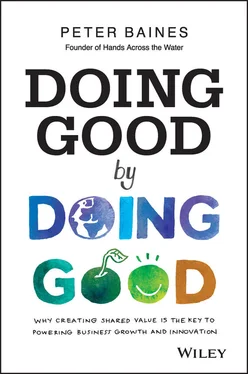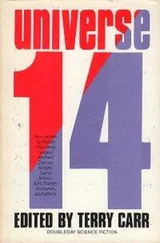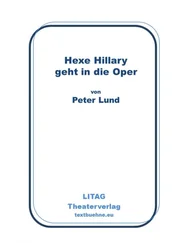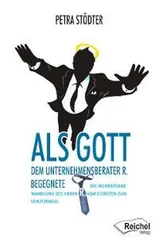Shared value looks to create new lines of business through addressing a community need, while conscious capitalism focuses less on new markets than on improving the mode of operation.
While Pillay and Sisodia may suggest that the match of values, leadership and going beyond philanthropic thinking is what sets it apart, advocates of shared value would suggest these components are of equal importance in their model.
Shared value, conscious capitalism, triple bottom line, blended value – call it what you will – what is clear is there is a different way of doing CSR. An opportunity exists to move on from the thinking that simply giving money to charity will bring meaningful returns. At the core of the various models that seek to operate above traditional CSR is the need for external engagement with their operations and strategies.
The traditional approach to CSR has focused on corporate philanthropy. It is the simplest form of giving for companies and individuals alike, and the untied funds provided to charity groups can be the most welcome form of donation. If it is the easiest way for corporates and individuals to give – and certainly it's easy for charity to receive funds in this way – does that mean it is necessarily the best model? We know that easy in life doesn't always mean best, and that is certainly true in this case.
The qualifier to this discussion, though, is do the players involved here want more than they currently get from the relationship? Giving money, whether as an individual or as a corporate, can be the least engaging way of interacting with a charity. But who says engagement is the desired outcome? By giving money you can end the conversation and relationship quite quickly, and perhaps that is a desired outcome. By giving you have been seen to have ‘done your bit’, but by choosing just to give money you have limited your engagement and that might suit you.
Structured workplace giving programs are one of the simplest forms of giving. Companies like them because they are easy to implement, usually entailing little or no expense to them; the employees like them because they are pre-tax, set-and-forget donations; and the charities like them because it is often money for jam. But where is the engagement?
If you have no desire to divert resources away from core business and are more than happy to make an annual contribution, then you must accept the returns from that giving strategy will be limited also.
Is the issue, then, a lack of desire to create a more engaging experience or a lack of understanding of the opportunities that exist? I believe it is the latter. Australians constantly rank in the top 10 of donors on a per capita basis across the globe. But are we engaging in the most effective way of giving, and does the current model encourage growth?
The current model of most CSR programs, which is limited to one-off donations, matched grants and/or volunteering days, imposes an invisible ceiling on the sector, limiting potential and growth. Who then misses out? Well, everyone involved. The companies and individual donors don't capitalise on their donation and the charities aren't necessarily turning their donors into advocates and storytellers.
Конец ознакомительного фрагмента.
Текст предоставлен ООО «ЛитРес».
Прочитайте эту книгу целиком, купив полную легальную версию на ЛитРес.
Безопасно оплатить книгу можно банковской картой Visa, MasterCard, Maestro, со счета мобильного телефона, с платежного терминала, в салоне МТС или Связной, через PayPal, WebMoney, Яндекс.Деньги, QIWI Кошелек, бонусными картами или другим удобным Вам способом.












